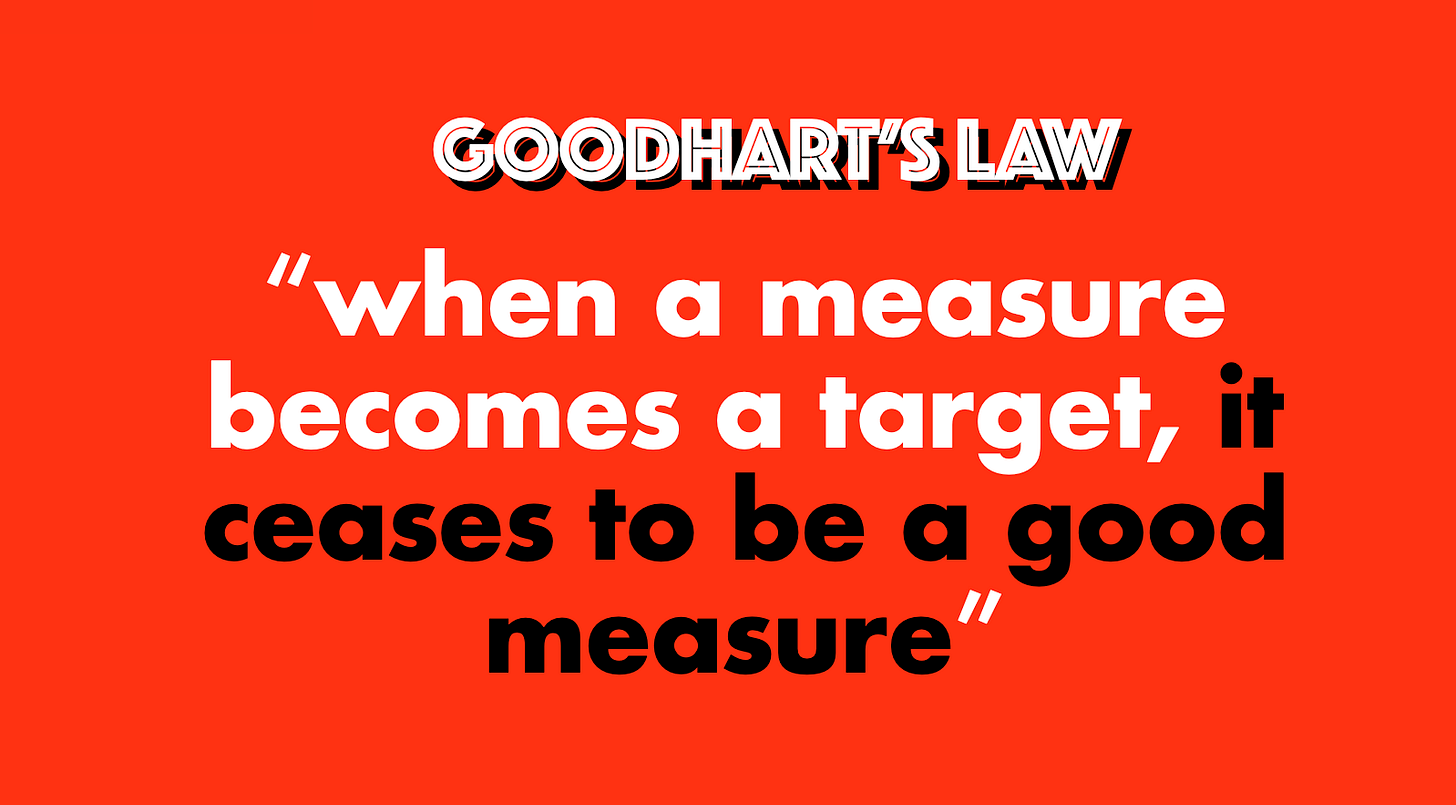Finally, is this the formula for workplace success?🧪
ALSO: calling a friend reduces work angst, Dan Arely and the dodgy data, creativity on demand

Zoom found itself in the news this week as they asked their workers to return to the office two days a week (more about this in the Top Reads below). I was particularly taken with one reply on social media. “Try making me,” said one agitated commentator. “My firm has been trying to get me back for a year, I just ignore it”.
One of the challenges of these mandates is that they seem somewhat arbitrary unless reasoning wins people over. A policy that starts with expected behaviours and actions is more convincing that an approach that suggests that merely being around a little more might be a vibe. (“We’re all in the office for ‘Meeting Free Wednesday’ including a team lunch” is better than “pick two days, any days”).
But what if we could actually prove that one approach was better than another? That’s what consulting firm McKinsey have just claimed to have done. McKinsey, for the sake of balance it’s worth remembering they are long-time partners in strategy of opioid manufacturers, fossil fuel producers and tobacco peddlers, is just one of an increasing number of firms who are implementing People Analytics systems to track the thoughts and feelings of their employees. By press releasing this story they’re clearly aiming to sell their formula (and software) to customers.
In the firm’s case they use their own proprietary system to ask a series of weekly pulse questions to take the temperature of the organisation. So far, so familiar. So does almost every firm of scale.
The promise of these systems is that they give leadership a set of metrics to help assess employee experiences, and to fine-tune management on the fly. McKinsey have taken this data, which is nominally anonymous, to help them decide what is the right blend of work.
Their conclusion? Teams work best when they spend 50% of their time on site together. In their case, this togetherness might be in the office, or it might be working together in a client’s premises. Interestingly, 50% was a sweet spot. When over half of the week was spent together there were reductions in the amount of work that teams could get done. Additionally this might be spent being together for one whole week and then apart for the next. The only core element was that face-to-face time was in balance with remote time.
The critical thing about this is that it seems to try to produce an objective rule of work on the basis of People Analytics.
And if such vital decisions are being made it’s only fair to consider how such systems work in reality. Above I mentioned that People Analytics systems are ‘nominally anonymous’. Generally inside of firms bosses are given a breakdown of their own teams. While these won’t be with names next to individuals a little bit of probing will allow leaders to work out who is scoring high and who is scoring low.
I’ve worked in organisations where the leader will take each team member aside and instruct them of how to fill in employee surveys, with the inference that you’ll do this if you want to be ‘one of us’.
Individuals find themselves in a live case of Game Theory, if I choose not to make the adjustments being asked will the boss know I was the outlier. This is why I’m a big proponent of Goodhart’s Law: “when a measure becomes a target, it ceases to be a good measure.”
What we can learn from McKinsey’s approach is that some face-to-face time seems to improve team cohesion, away time seems to get the job done. As for fixed ratios, I think the data might show you want the senior leadership want to see.
Maybe there’s an easier way to think about this…
All you need to know? 'At home to work, in person to make progress'
Want to reduce your stress levels? Researchers found that one conversation with a friend each day was found to increase happiness and lower stress. The researchers wanted to understand if there was a difference between the impact of substantial interactions like what they labelled ‘meaningful talk’, in comparison to just catching up or joking around. It was found that the format of the chat was less important than the number of them. The more daily conversations with friends someone had the better they reported feeling
“Some executives have accepted the reality that little gets done from 4-6pm” - a scaremongering piece from Wall Street Journal suggesting that remote workers have learned to enjoy some of the best part of the day before logging on for the third peak of the day in the evening. The article cites research from Nick Bloom which says that weekday golf has boomed in the last 3 years (the methodology of this is dazzling, it has to be said). What it might be countered is that if firms operate core hours of connectivity, 10-4 say, then allowing the autonomy to decide when to close off your day could help beat burnout
When Facebook/Meta bought huge amounts of office space during Covid it was pointed at to suggest they were several moves ahead understanding what was coming next for work. In fact it was just a forward-looking planning to give them options in an uncertain future. The future already has a different look to it, because they’ve started to offload large blocks of office space
More of the same: Total demand for office space is falling to the extent that the market size is finally starting to fall in the US (maybe for the first time in history)
What will happen to the unwanted offices of our city centres? A fantastic case study of 4 office types. All roads lead to major bankrupcies
As mentioned above, there were countless pieces this week saying that ‘remote is over’ as Zoom itself demanded employees return to the office. In fact they’ve asked workers who live near the workplace to come in twice a week, which if anything suggests that hybrid working has been declared the victor
Were you, like a lot of us, a fan of Dan Ariely? The data inventing saga that has seemingly ended the career of Professor Francesca Gino seems like it might transcend the gender barrier and impact Ariely. (For context, Gino is suggesting that the vendetta against her is partly rooted in misogyny, a claim that has some evidence in her litigation). NPR Planet Money did some old school sleuthing and found that the data Ariely took from an insurance firm, that end up in his books and TED Talks, was changed from the time it was submitted to him to the moment it was included in his work. A reminder: both Ariely and Gino write about human dishonesty. There’s a movie in this one…
Can creativity be summoned on demand? Are you a fan of Beyoncé? This podcast drive into songwriting camps is a fascinating listen (More: Rihanna’s writing camp)





I definitely think there needs to be a happy medium, but I’m so confused why so many companies try to get that 50% in-person work in every week (two to three days each week in the office.) To me that completely cuts off the remote work benefit because now I can’t go work from Paris or Hawaii or my sister’s house for a week or two without taking time off.
Not to mention, it causes so much whiplash in the week. Most companies don’t have any plan for what we are supposed to be doing on our office days. We’re just there instead of home a couple days each week. My last job had two office days every week and everyone just socialized all day which made my other three days much more work intensive to get everything done.
I’d much rather have a full week together every month, or a month together every quarter, where we have an agenda for what we need to accomplish and we can make a lot of progress together, and then we are all free to go work how we choose for the next several weeks as we get everything done.
If we’re trying to get 50% of our work done in-person, then it should be 50% of the year, or the quarter, not of the week. That does nothing but create an irregular schedule for everyone with very limited flexibility. I don’t see the benefit to either the company or the employee when there is just an arbitrary number of office days every week and no plan for what work needs to be done in person.